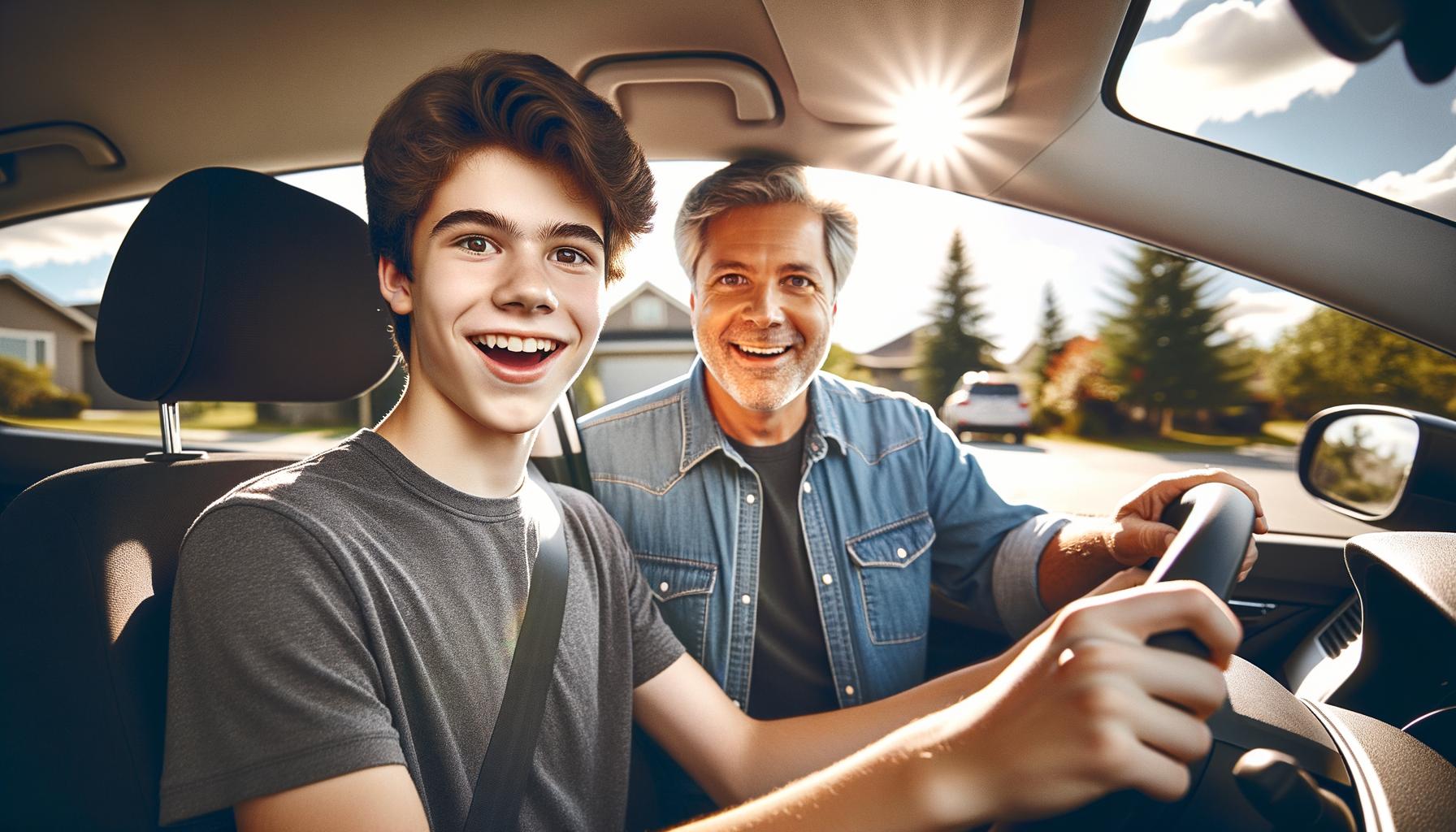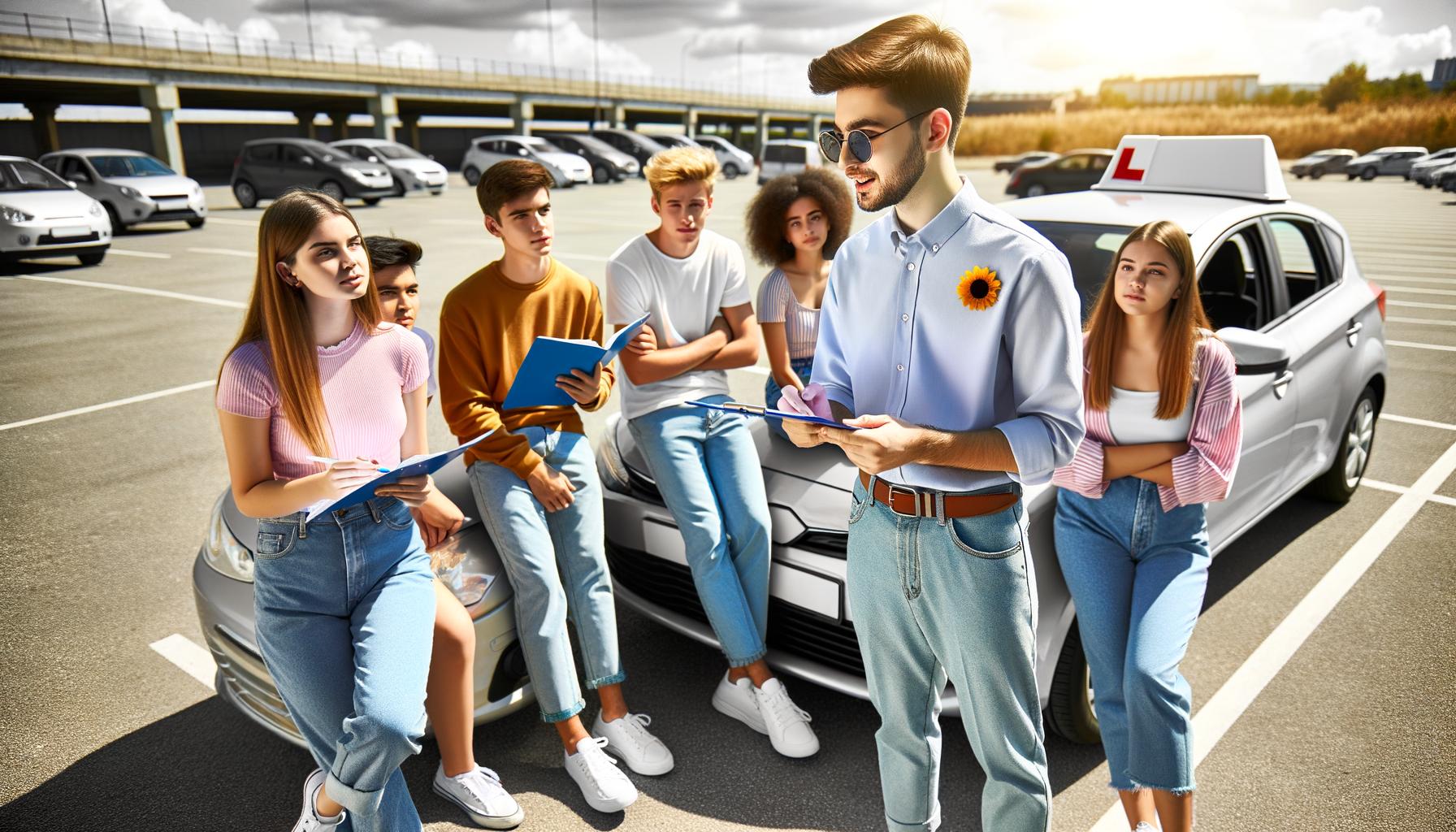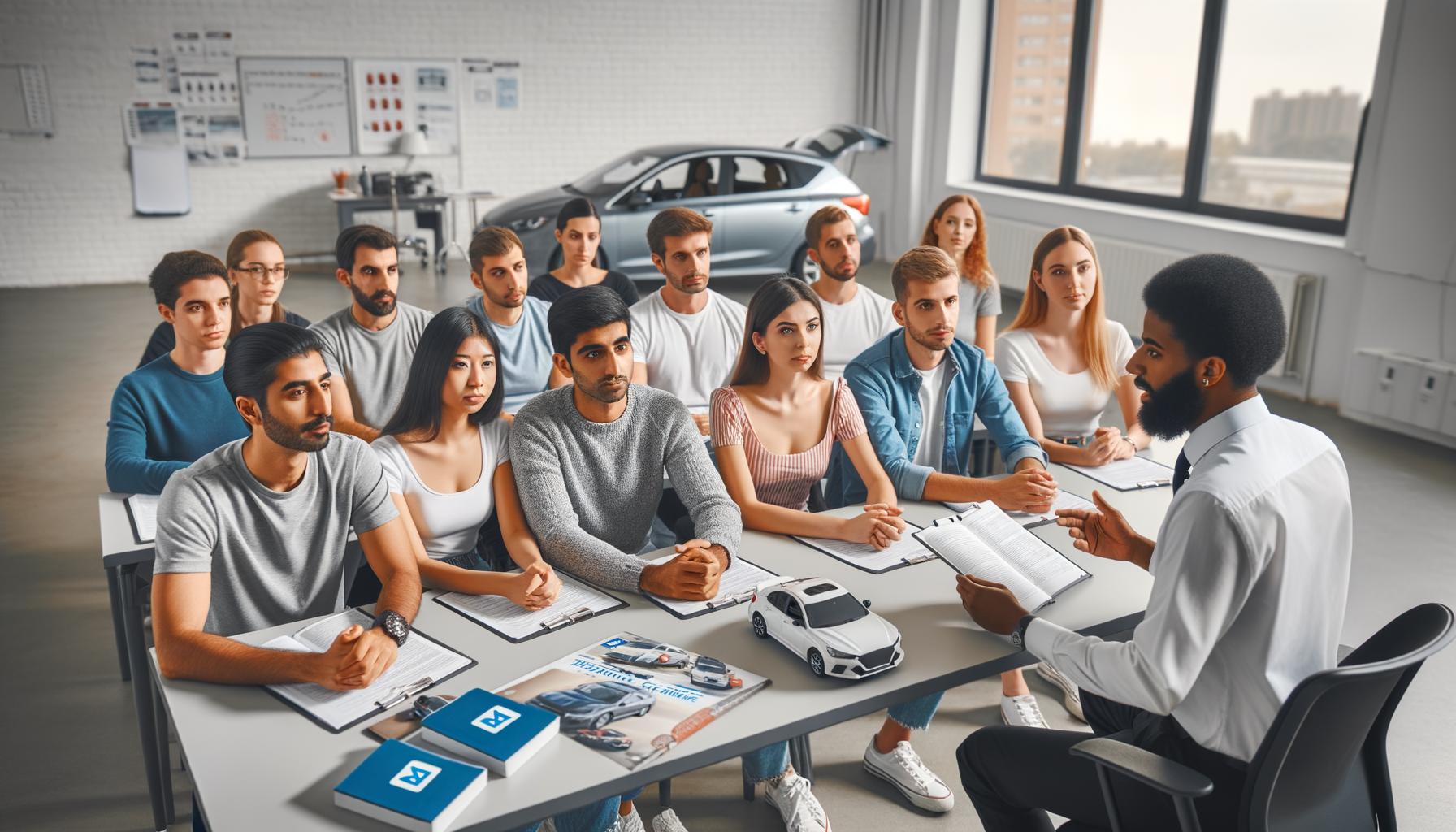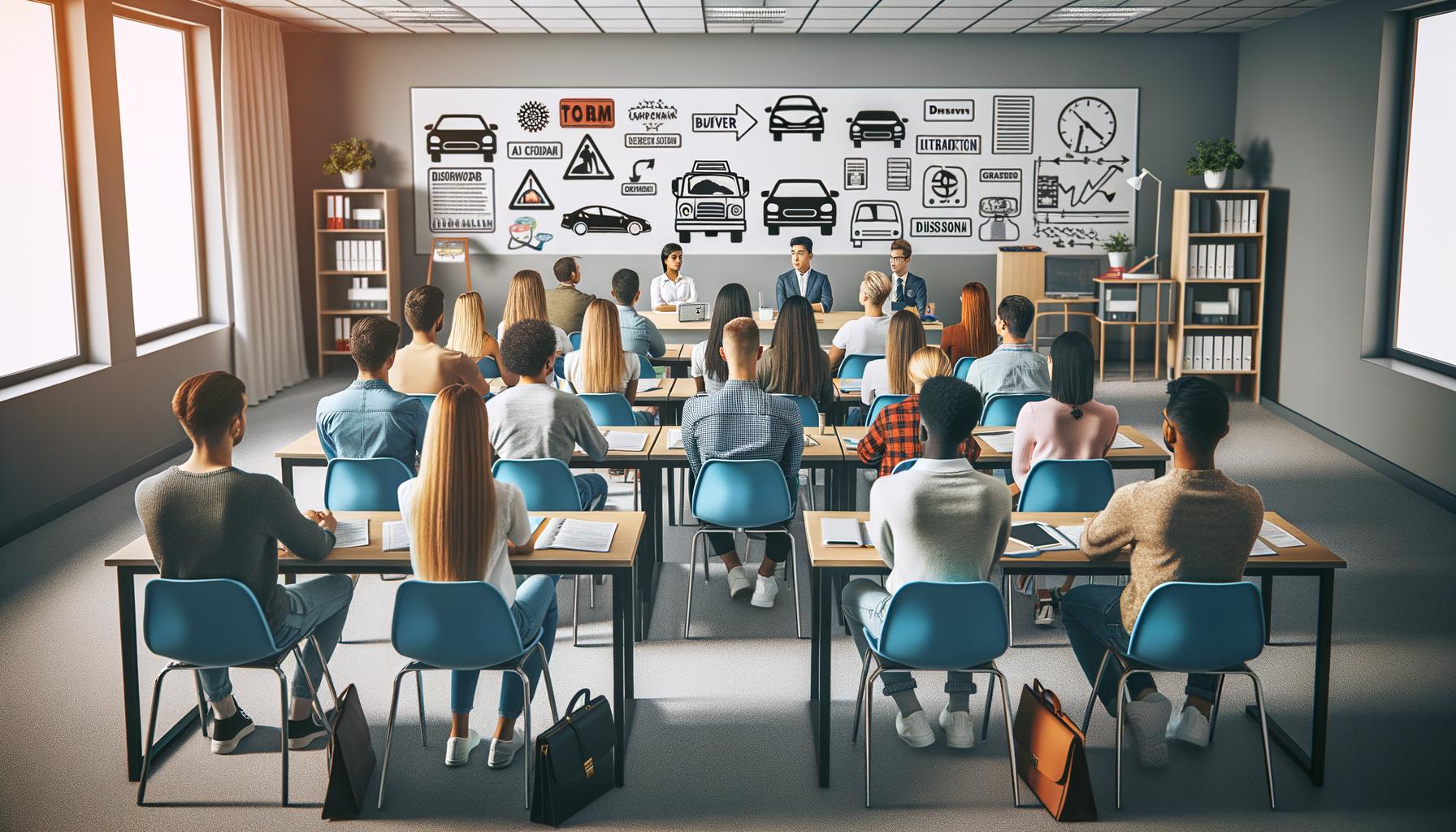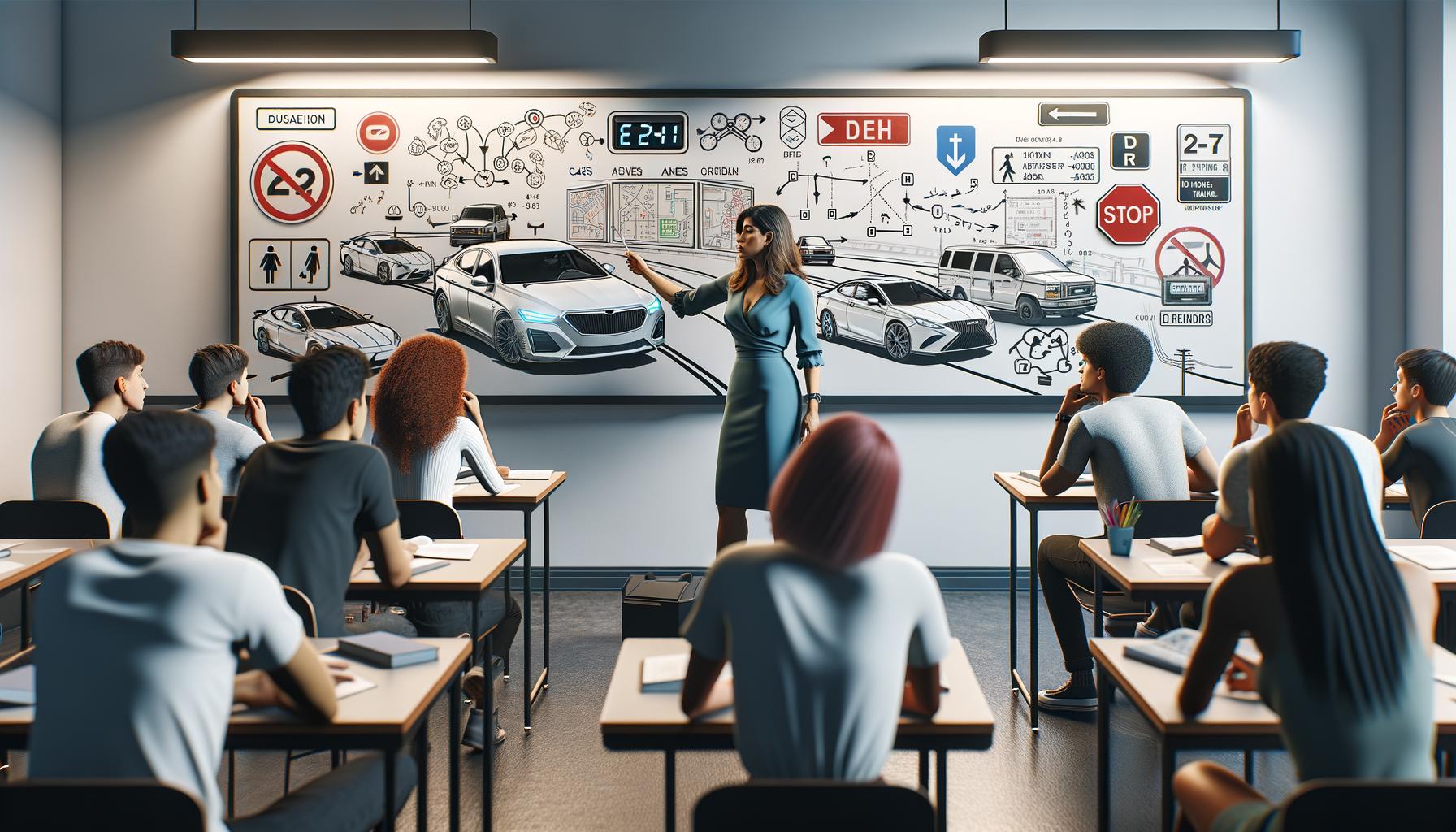Mastering Defensive Driving: Driver Dynamics Course Tips
At The Wiser Driver Driving School, we know that defensive driving is a critical skill for every motorist. Our Driver Dynamics Defensive Driving Course is designed to equip you with the techniques needed to navigate today’s challenging roads safely.
In this blog post, we’ll explore the key principles and strategies that can help you become a more confident and responsible driver. From mastering vehicle control to adapting to various driving conditions, these tips will enhance your ability to anticipate and avoid potential hazards on the road.
How to Anticipate and Avoid Road Hazards
Defensive driving requires drivers to stay one step ahead of potential dangers on the road. The Wiser Driver Driving School teaches students to constantly scan their environment and predict possible hazards before they become immediate threats.
The 12-Second Rule
An effective technique we recommend is the 12-second rule. Look ahead of your vehicle to spot potential hazards about 12-15 seconds ahead on city streets and 20-30 seconds ahead on highways. This provides ample time to react and adjust your driving accordingly. For example, if you drive in a residential area, you might spot children playing near the street or a car backing out of a driveway well before you reach that point.
Safe Following Distance
Keeping a safe distance from the vehicle in front of you is essential for defensive driving. Use the 3-second rule as a minimum. Choose a fixed point ahead, such as a road sign or tree. When the car in front of you passes that point, count “one-thousand-one, one-thousand-two, one-thousand-three.” If you reach the fixed point before you finish counting, you follow too closely.
360-Degree Awareness
Proper scanning techniques are essential for maintaining road awareness. Develop a rhythm of checking your mirrors every 5-8 seconds. This includes the rearview mirror, side mirrors, and a quick glance over your shoulder to check blind spots. This practice will always give you a clear picture of the traffic around you.
Eliminate Distractions
Staying focused and alert is perhaps the most important aspect of defensive driving. According to the National Highway Traffic Safety Administration, distracted driving claimed 3,308 lives in 2022. Put away your phone, set your GPS before you start driving, and avoid eating or drinking while behind the wheel.

Defensive driving is an active process. It requires constant vigilance and a proactive approach to safety. As we move forward, let’s explore the key techniques to master in driver dynamics, which will further enhance your ability to navigate the roads safely and confidently.
How to Master Key Driver Dynamics Techniques
At The Wiser Driver Driving School, we emphasize the importance of mastering key driver dynamics techniques. These skills form the foundation of becoming a proficient and safe driver. Let’s explore some essential techniques that will elevate your driving abilities.
Perfect Your Steering Control
Proper steering technique is vital for maintaining control of your vehicle. We recommend placing your hands in the nine and three position at all times while driving. Never drive with only one hand, your fingertips, or, even worse, with your knees. This grip provides optimal control and allows for quick, smooth movements. When turning, use the push-pull method: as one hand pushes the wheel up, the other pulls it down. This technique ensures you maintain a firm grip on the wheel throughout the turn.
Master Effective Braking
Effective braking involves more than just stopping the car. It’s about maintaining control in various conditions. Practice progressive braking – apply gentle pressure at first, then gradually increase as needed. This technique allows you to modulate the brake pedal more precisely, making it easier to control the deceleration rate and adjust your braking as necessary. In wet conditions, pump your brakes gently to avoid hydroplaning. For vehicles without ABS, use the threshold braking technique: apply firm, steady pressure just short of locking the wheels.
Maximize Mirror Usage and Blind Spot Checks
Proper use of mirrors is essential for safe driving. Adjust your mirrors to minimize blind spots. The left and right side mirrors should show just a sliver of your car’s side (this setup significantly reduces blind spots). Even with properly adjusted mirrors, always perform a quick over-the-shoulder check before changing lanes or merging.
Execute Safe Turns and Lane Changes
When making turns, slow down before entering the turn, not during. This approach maintains better control of your vehicle. For lane changes, always signal your intentions well in advance – at least 100 feet before changing lanes. Check your mirrors, perform a blind spot check, and then smoothly move into the new lane.
Adapt to Different Road Conditions
Mastering driver dynamics also involves adapting to various road conditions. On wet roads, reduce your speed and increase your following distance. In snowy conditions, accelerate and decelerate slowly to maintain traction. For night driving, use your high beams when appropriate and be extra vigilant for pedestrians and animals.

These techniques form the core of safe and effective driving. As you practice and refine these skills, you’ll find yourself becoming a more confident and capable driver. In the next section, we’ll explore how to apply these techniques in different driving scenarios, from bustling city streets to open highways.
How to Drive Safely in Challenging Conditions
Adapt to Adverse Weather
Driving in adverse weather requires specific adjustments. Winter driving conditions demand preparation for both yourself and your vehicle. This includes changes to tires, batteries, and car seats. In heavy rain, reduce your speed and increase your following distance. This strategy provides more reaction time for sudden changes. If you experience hydroplaning, ease off the accelerator and steer straight until you regain traction.

For snowy or icy roads, reduce your speed further and avoid sudden movements. Accelerate and brake gently to maintain traction. If you start to skid, steer into the skid’s direction and slowly ease off the accelerator. Pay extra attention to bridges and overpasses, as these areas freeze first.
Navigate Night Driving Challenges
Night driving presents unique visibility challenges. Ensure your headlights are clean and properly aimed. Use high beams when appropriate, but dim them for oncoming traffic and when following other vehicles.
Reduce your speed at night, especially on unfamiliar roads. To combat fatigue, take regular breaks. If drowsiness sets in, find a safe place to pull over and rest. According to a National Sleep Foundation poll, 60% of adults have driven while tired, and 37%, or 103 million people, have fallen asleep at the wheel.
Master Urban and Highway Techniques
Urban driving demands constant vigilance due to frequent stops, pedestrians, and complex intersections. In city environments, scan the road ahead continuously for potential hazards like jaywalkers or suddenly opening car doors. Stay prepared to stop, especially near crosswalks and intersections.
On highways, maintain a steady speed and minimize unnecessary lane changes. Follow the “move over” law when approaching stopped emergency vehicles or work zones. When changing lanes, always use your turn signals and check your blind spots thoroughly.
Handle Aggressive Drivers
Encountering aggressive drivers can induce stress, but staying calm is paramount. If faced with road rage, avoid eye contact and refrain from responding to provocations. Give aggressive drivers ample space and, if necessary, exit the highway or turn onto a different street to avoid confrontation.
If you feel threatened, drive to the nearest police station or busy public area. Never stop to confront an aggressive driver.
These techniques will equip you to handle various driving conditions more effectively. Adaptability and preparedness (key elements taught at The Wiser Driver Driving School) will serve you well in any situation on the road.
Final Thoughts
Mastering defensive driving requires dedication and continuous improvement. The skills we discussed form the foundation of safe driving, from anticipating hazards to adapting to challenging conditions. These techniques become second nature with consistent application every time you drive.

The Wiser Driver Driving School offers a comprehensive Driver Dynamics Defensive Driving Course to enhance your skills and boost your confidence. We provide personalized instruction and hands-on learning experiences to help you become a safer, more skilled driver.
Your investment in driving education contributes to overall road safety. Every time you practice defensive driving, you make a positive impact on your community (and potentially save lives). Stay vigilant, stay focused, and always prioritize safety to navigate any road with confidence and skill.


